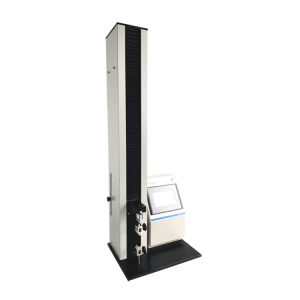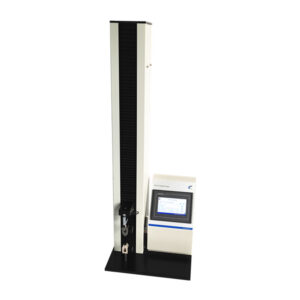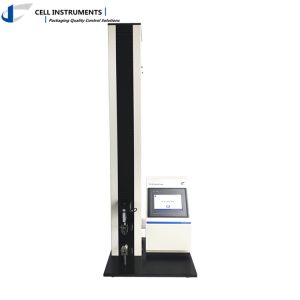เอส ที เอ เอส ที เอฟ 88
Application Materials
เอส ที เอ เอส ที เอฟ 88 focuses on determining the seal strength of flexible barrier materials. Common materials include plastics, foils, and laminates used in packaging industries such as food, pharmaceuticals, and medical devices.
กระบวนการทดสอบ
- การตระเตรียม: Cut test specimens from the sealed package, ensuring they are uniform in size.
- Setup: Mount the specimen in the testing device, with each end of the seal gripped by the machine.
- การทดสอบ: Apply a tensile force to the specimen at a constant rate until the seal separates.
- การวัด: Record the force required to separate the seal.
การแปลผลการทดสอบ
- Peak Force: The maximum force recorded before the seal fails, indicating the seal strength.
- Mode of Failure: Observing how the seal fails (e.g., adhesive failure, cohesive failure, or substrate failure) provides insights into the seal quality.
Test Significance
- การควบคุมคุณภาพ: Ensures the integrity of packaging, preventing contamination or spoilage.
- การปฏิบัติตาม: Helps meet industry standards and regulatory requirements for packaging.
- ความปลอดภัยของผลิตภัณฑ์: Confirms that seals can withstand handling, transportation, and storage conditions.
Instrument Requirements

- Tensile Testing Machine: Capable of applying controlled tensile force.
- Grips: Suitable for securely holding the test specimen without slipping or damage.
- การสอบเทียบ: Regularly calibrated to ensure accuracy and repeatability of results.
Precautions
- การเตรียมตัวอย่าง: Accurate cutting and handling to avoid pre-test damage.
- Machine Calibration: Ensuring the testing machine is correctly calibrated.
- เงื่อนไขการทดสอบ: Conduct tests under consistent environmental conditions to avoid variability.
อ้างอิง
ASTM F88/F88M-21 Standard Test Method for Seal Strength of Flexible Barrier Materials
แสดงทั้งหมด 3 ผลลัพท์



